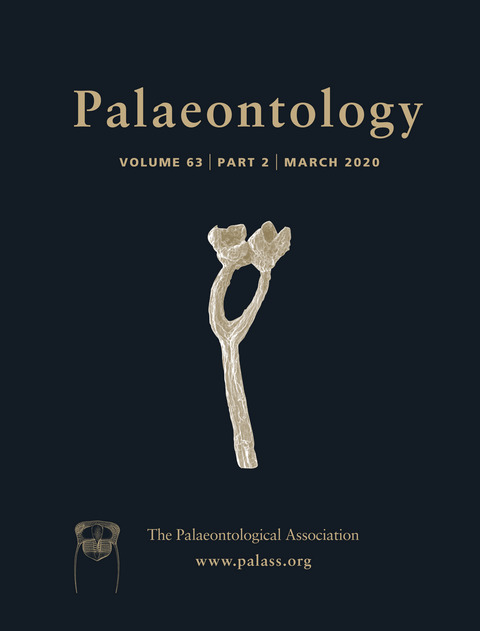Reg. Charity No. 1168330

Collagens are the most abundant proteins in the animal kingdom. They form the structural framework of connective tissues such as bones, tendons and skin, and play important biomechanical role in supporting tissue functions. The preservation of collagen in deep time is a topic of intense debate. Here we provide indisputable evidence for the presence of collagen in early Eocene fish vertebrae using online pyrolysis comprehensive two dimensional gas chromatography time‐of‐flight mass spectrometry (py‐GC×GC‐TOFMS) and immunofluorescence analysis. The presence of cyclic dipeptides such as diketodipyrrole, 2,5‐diketopiperazine of proline‐proline and 2,5‐diketopiperazine of proline‐glycine along with other nitrogen‐bearing molecules in the pyrolysis products of the studied fossils unequivocally demonstrate that collagen can withstand degradation and diagenetic alteration. Immunofluorescence study also confirms the presence of collagen‐I in the fossilized fish vertebrae. Contrary to common opinion, the present findings suggest that the preservation of collagen in fossilized soft tissues is not rare. We propose that one of the essential factors controlling preservation of collagen is the establishment of a suitable microenvironment within the fossil, inhibiting diagenetic alteration including microbial decay.
AcknowledgementsSD is grateful to the Department of Science Technology (DST/SJF/E&ASA‐01/2016‐17) for providing financial support for this work. The Indian Institute of Technology Bombay central facility is acknowledged for providing access to py‐GC×GC‐TOF MS and x‐ray microscopy facilities. HS is grateful to DST (EEQ/2016/000112) for providing financial support for his field trip. The Director of the Birbal Sahni Institute of Palaeosciences, Lucknow is acknowledged for extending kind support to HS. We thank two anonymous referees and Sally Thomas for their helpful suggestions on an earlier draft of this paper.